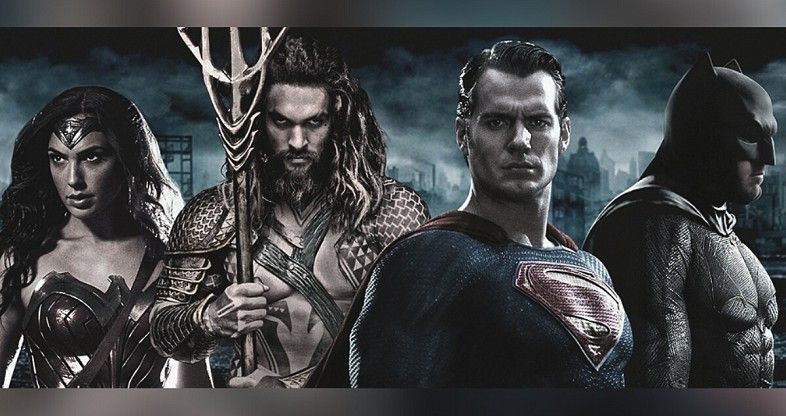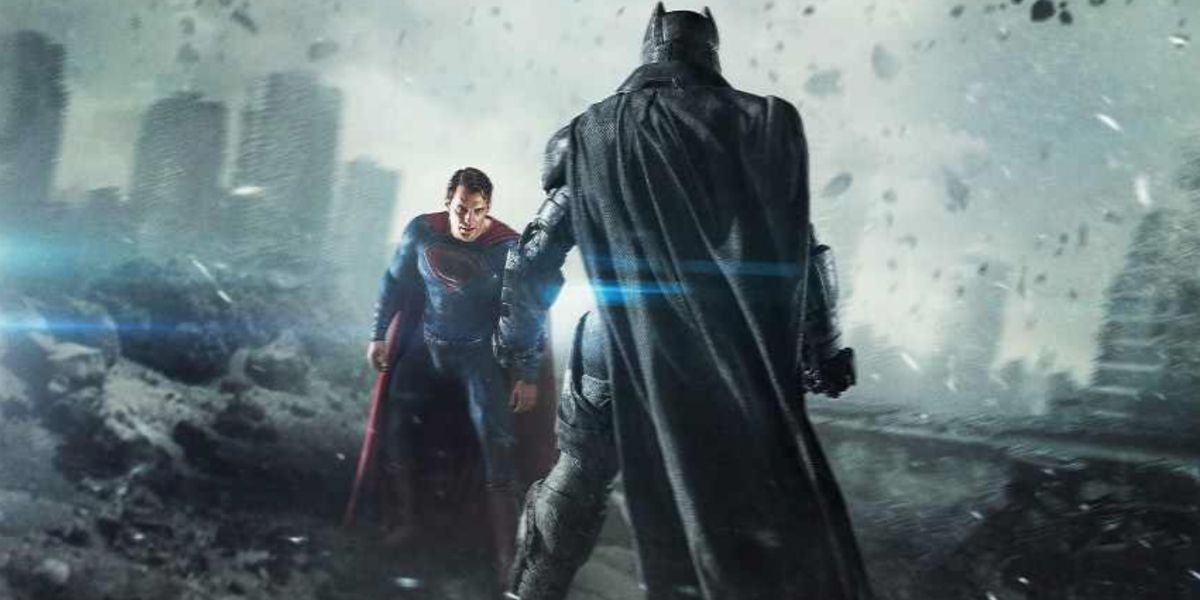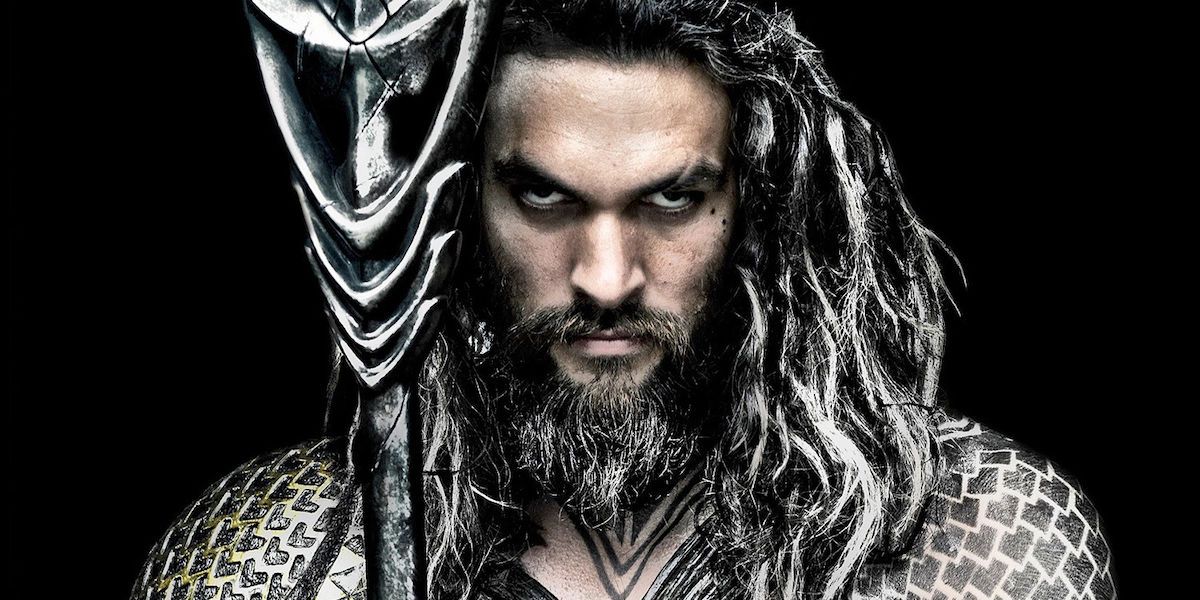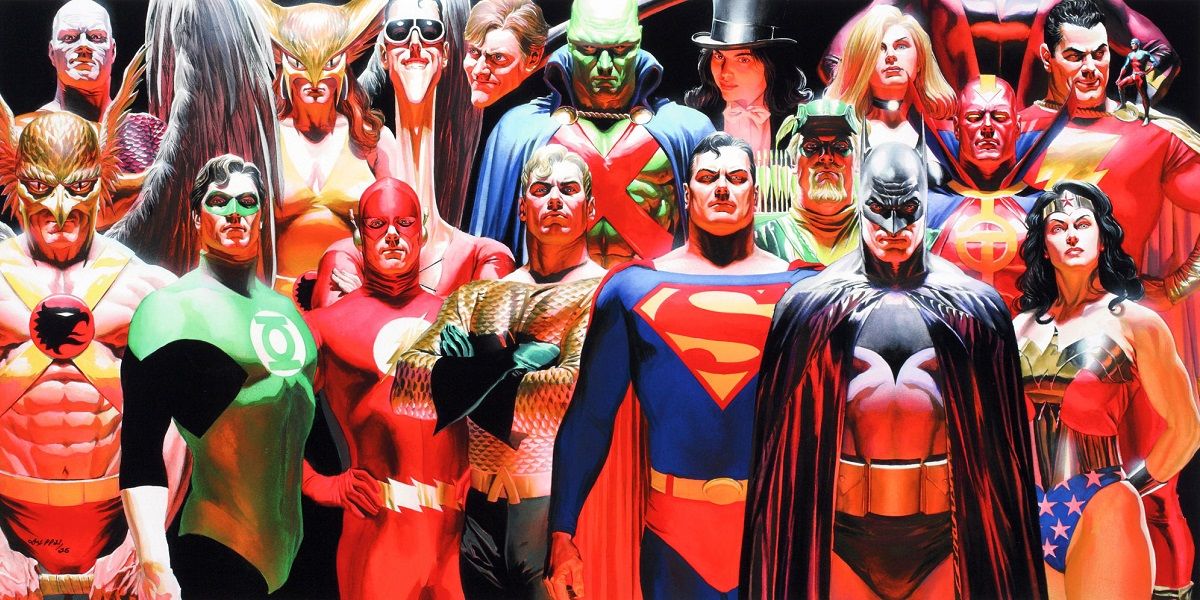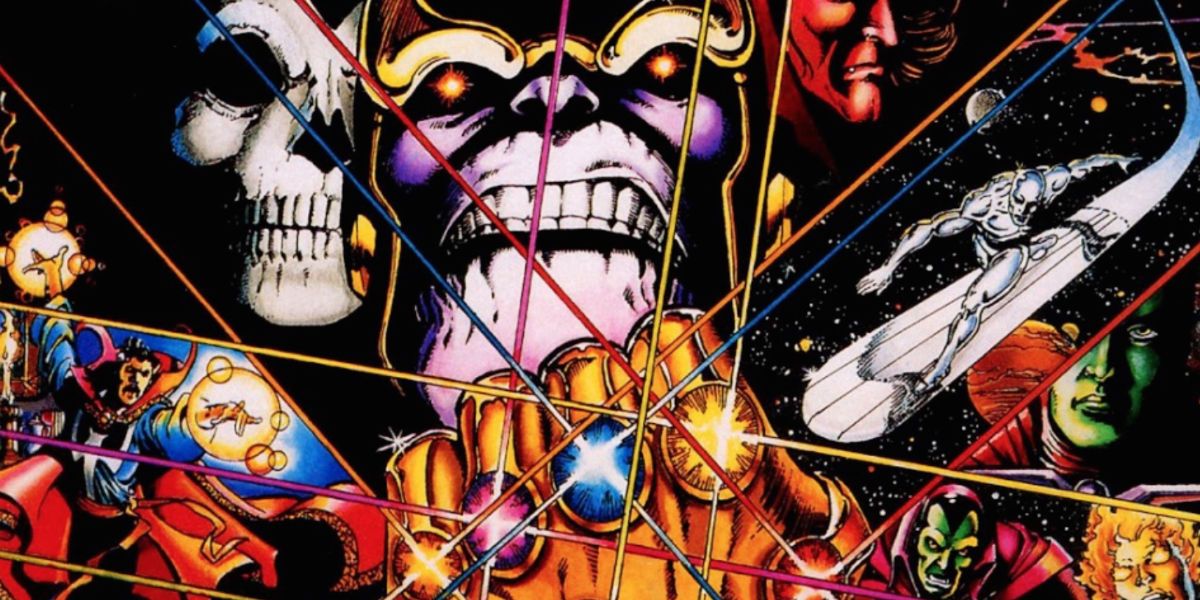A major trend that’s been evolving in theaters over the past decade is the division of singular stories, no matter their source, into multiple parts. Warner Bros.’s fateful decision to cleave Harry Potter and the Deathly Hollows into two cinematic outings back in 2010 has had major consequences for the rest of the industry, producing aftershocks that seem to be only growing and getting stronger. In addition to Potter, the final installments of the Twilight, Hunger Games, and Divergent series have all been bifurcated, and The Hobbit was even trifurcated (hitting a new high – or low, depending upon one’s tastes).
On the one hand, it’s easy to see why such a move is quickly becoming so popular: studios get to rake in even more money than what was originally scheduled, and fans get to have a fuller, more faithful adaptation of their favorite novels or comics (as well as getting the inevitable post-finale depression delayed, if only temporarily). On the other hand, however, this practice is quickly threatening to bleed over from the specific domain of adaptations to affect the general movie marketplace altogether, with Warner Bros. again leading the charge, announcing in October 2014 that its much-touted Justice League would be cut in two. Not to be outdone, Marvel Studios wasted no time in revealing that its third Avengers entry, Infinity War, would likewise be halved.
All of which raises one simple, unavoidable question: Should Justice League Really Be a Two-Parter?
Yes: the more, the merrier
Here’s the first caveat we have to work with when chewing on this subject: we have absolutely no idea what the two films’ premises are (though we certainly have our fair share of rumors on the subject). This is an important piece of the puzzle, obviously, since it justifies the presence of the extra 90 or 120 minutes of screen time.
Even without such solid information, however, and even with Man of Steel being the singular release in the DC Extended Universe thus far, we can start to draw some pretty informed conclusions. Batman v Superman: Dawn of Justice is a very packed movie, containing a plethora of characters, adversaries, storylines, and, of course, expositional setup – and that’s just what’s been gleaned from the various trailers and interviews with the cast and crew; director Zack Snyder (who, it just so happens, is coming back to helm both of the Justice Leagues) has repeatedly claimed that there’s still much more than meets the eye with the finished product.
Given that Batman v Superman only focuses on half of the Justice League – Superman (Henry Cavill), Batman (Ben Affleck), and Wonder Woman (Gal Gadot) – it’s not that much of a stretch to see how all seven of the legendary superheroes would necessitate a second installment, particularly if Snyder and his writer, Chris Terrio, can use the extra runtime to provide a bevy of smaller, quieter, character-focused moments, and not just pad it out with yet more big action set-pieces filled with even more explosions and alien invasions.
Speaking of involved narratives that are allowed more time to breath, there’s another item at work here that could be influencing both Warners’ and Snyder’s decision-making on this front. While Marvel might have been the first to introduce the modern model of a shared cinematic universe, it’s going to be the DC brand that can potentially weave all of its various storylines through a wide number of its various properties. By the time the June 14, 2019 release date of Justice League Part II arrives, at least three additional DCEU films will have already hit since the November 17, 2017 opening of Part I, starting with The Flash and moving on to Aquaman and Shazam.
While it’s entirely possible these movies will be non-linear, much like the Wonder Woman standalone picture is, there’s also the possibility that they’ll somehow spinoff from the events of the first Justice League, carrying on the narrative torch until Part II can definitively (well, “definitively”) resolve it all – much like how the comic book universes have already been operating for the past several decades.
Rather than being a now-obligatory extending of a franchise, the multi-part Justice League might actually be blazing new filmic ground.
Next page: Why Splitting Justice League Could Be A Bad Idea
No: it’s a cash grab
The fear amongst large swathes of film nerds goes a little something like this: excited at the prospect of finally being able to have a shared universe of its very own, Warner Bros. has contracted a severe case of sequelitis, greenlighting a huge number of films before even lining up the narrative impetus for them or the creative talent to bring them to fruition. In this way, the lingering suspicion goes, the studio has put the cart before the horse, seeing much money and fanfare can come out of a two-part Justice League “event”. If true, this doesn’t present an insurmountable challenge – many a Hollywood production has had to contend with immutable demands from either its participants or overseers and still managed to come out golden – but it certainly doesn’t bode well for the inaugural big-screen outing of DC’s greatest heroes.
Then there are those pesky interstitial movies that we’ve already talked about. While it may be possible that they do somehow tie into the overarching narrative, even if tangentially, no two-part film thus far has ever had the break in between its chapters transpire in real-time, allowing for the possibility of extra adventures to occur during the recess; instead, there’s always been a pause in the action for audiences while they are forced to await the several months before the conclusion. The only way this could happen with the DC Extended Universe is if The Flash, Aquaman, and Shazam all are flashbacks – a scenario which would present its own set of problems for the overarching story.
It’s safe to assume, then, that the trio of standalone stories all occur in real-time, in the 12-month period before the latter Justice League entry arrives in theaters. If this is the case, then the first part would, more than likely (and in keeping with the tradition of the Harry Potter, Twilight, and Hunger Games multi-parters), be nothing but buildup, awaiting the second part to deliver a payoff of the various narrative elements. If so, then the question must be asked: why has Warner Bros.' gone ahead and called the setup Justice League: Part I? After all, couldn’t Batman v Superman already be considered to be the opening act of the Justice League’s origin (hence its clunky Dawn of Justice subtitle)?
There’s one final element to take into consideration, and it has to do with Marvel’s rationale behind halving its Infinity War. While all of the above pros and cons are just as applicable to the third Avengers outing, the Marvel Cinematic Universe has been around for five years longer than its DC counterpart; whereas the two Justice Leagues will constitute the fifth and ninth installments, respectively, of that meta-franchise, Infinity War will be the 19th and 22nd chapters – and those dozen or so extra movies introduced a whole bevy of characters that just aren’t present in the DCEU (and can’t be, given its relative youth). With so many stories to juggle and so many actors’ contracts to budget, dividing the film into two is, perhaps, the only sustainable way (both creatively and financially) to pull the production off.
-
Why do you think – is Warner Bros. getting money-hungry in its worldbuilding plans, or is the studio just incredibly narratively ambitious? Is seeing Fantastic Beasts and Where to Find Them 3: Parts I and II inevitable? Sound off in the comments below.

